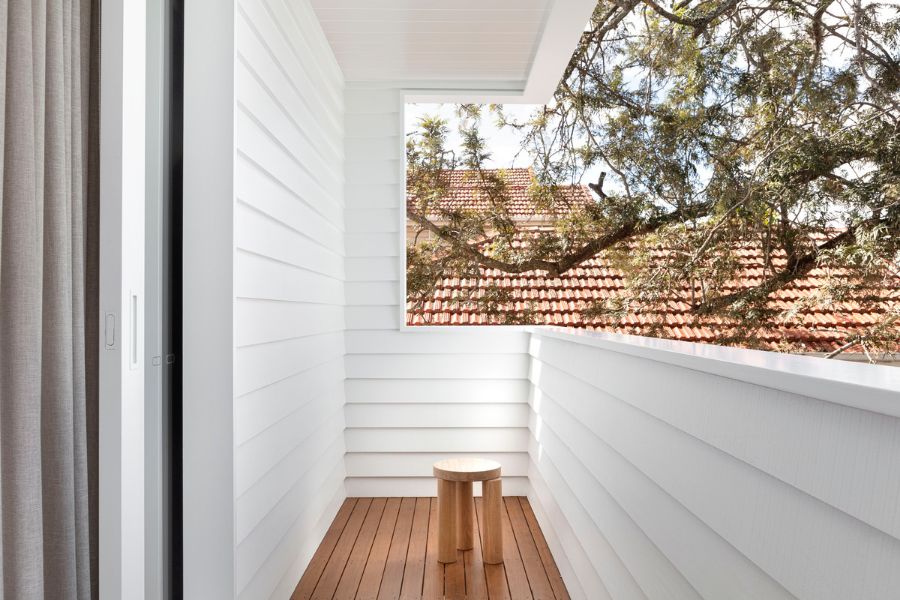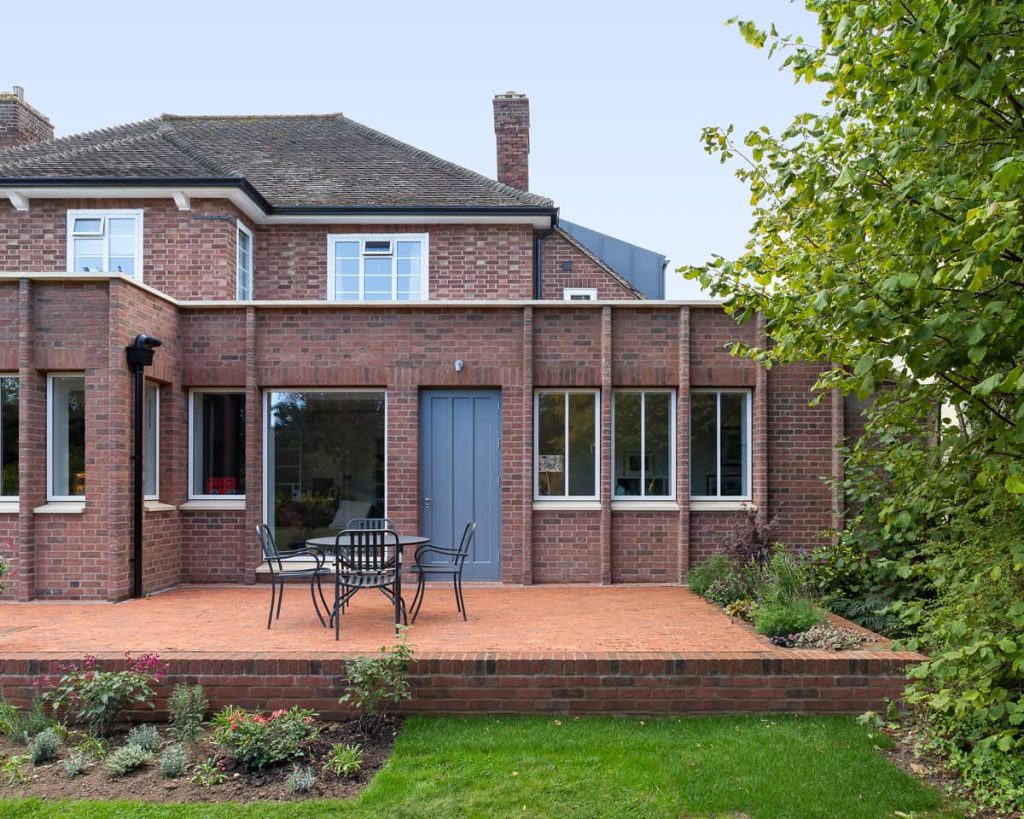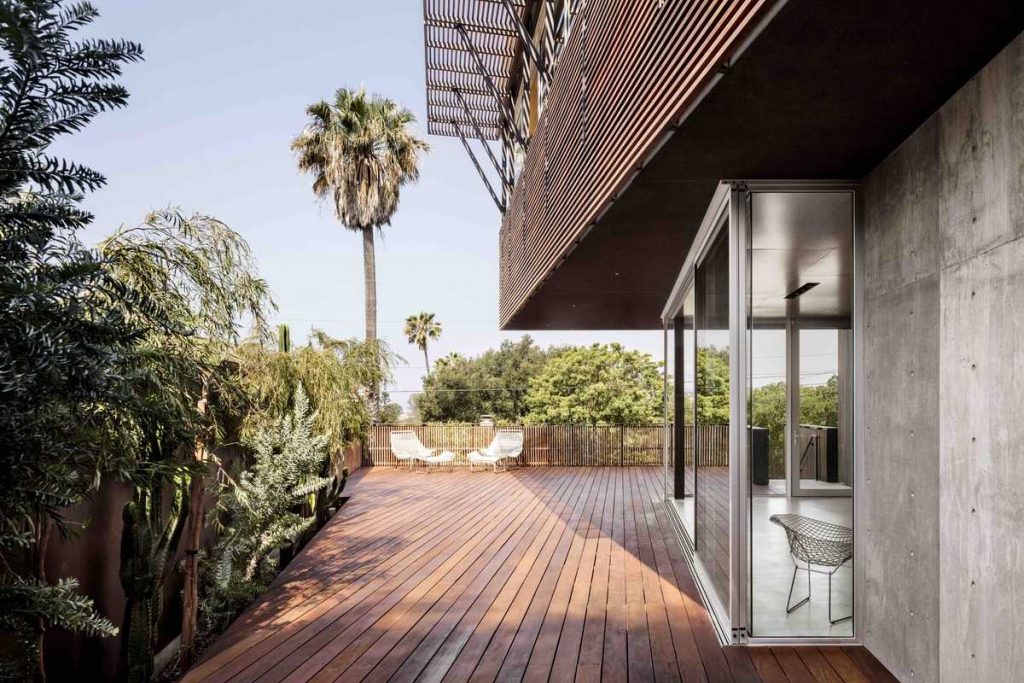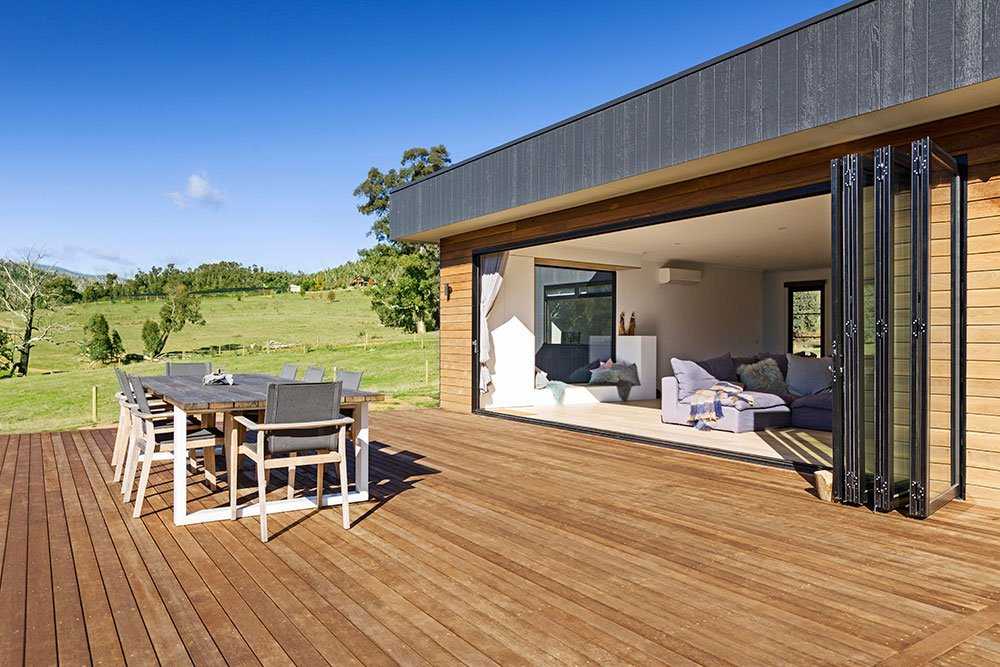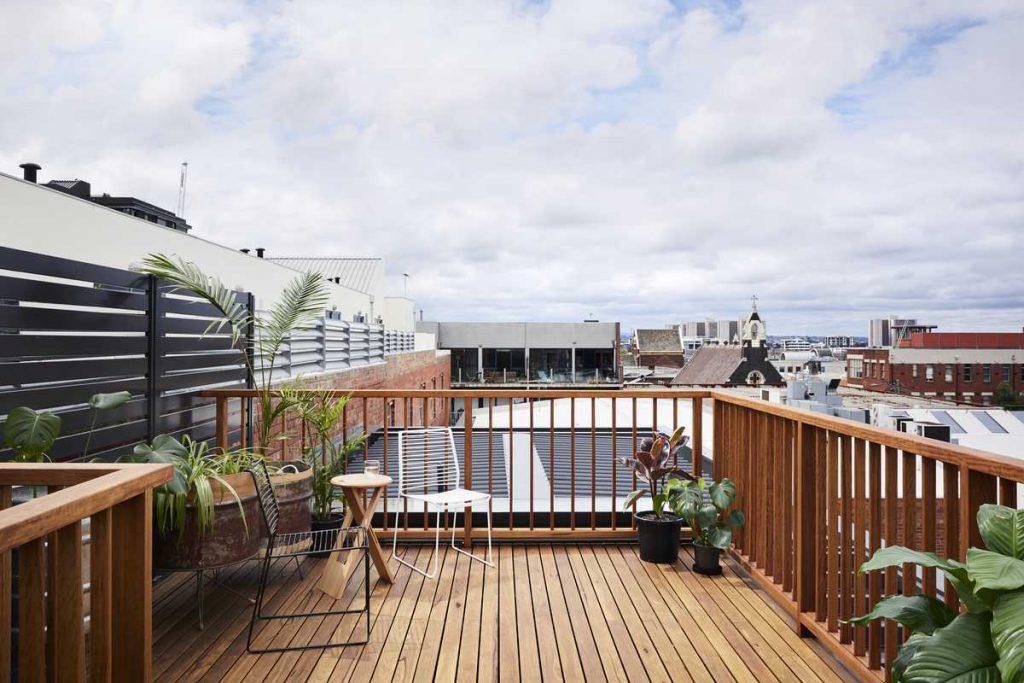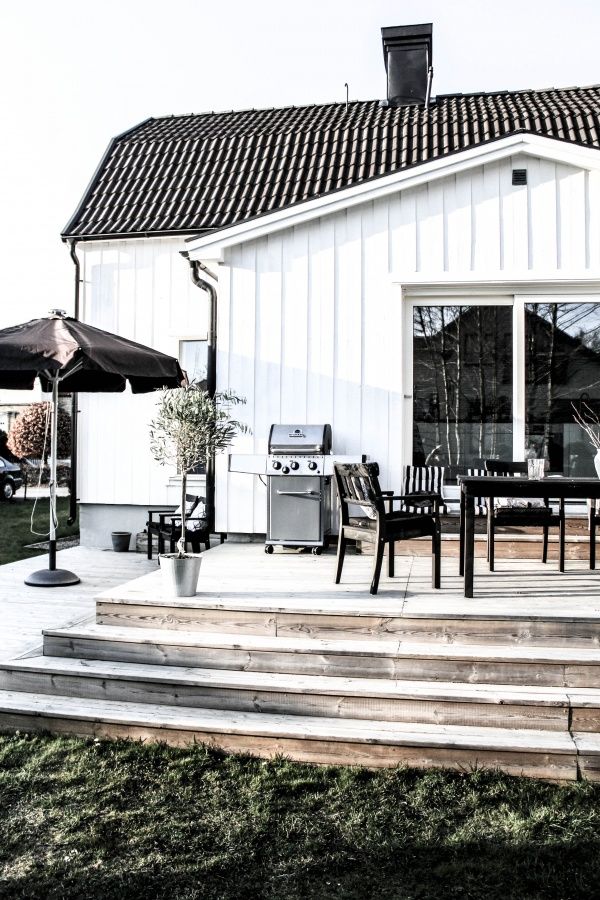
A Guide to Sustainable Decking Materials for Eco-Conscious Homeowners
Building a deck is a fantastic way to extend your living space and enjoy the great outdoors. However, as a responsible homeowner, you might be grappling with the environmental impact of your choices. Traditional decking materials come with their share of environmental concerns, from deforestation to toxic chemical treatments. Moreover, these materials can contribute to climate change and ecosystem degradation.
It’s clear that choosing the right materials for your deck is about more than just aesthetics and durability—it’s about making choices that respect and protect our environment. So, how can you make sure your new deck isn’t part of the problem?
Well, there’s good news. You can build a beautiful, long-lasting deck without harming the planet. Sustainable decking materials are not only good for the environment but also offer many benefits to you, the homeowner.
What Is Sustainable Decking?
Sustainable decking refers to deck materials that have been sourced and manufactured in an environmentally responsible way. These materials are usually made from renewable resources, have a low carbon footprint, and are designed to last for a long time with minimal maintenance.
Sustainable decking materials may include responsibly harvested wood, composite materials made from recycled plastics and wood fibres, as well as other alternatives like aluminium and PVC.
Benefits of Sustainable Decking
Opting for sustainable decking materials has numerous benefits. Firstly, you’re reducing your environmental footprint by choosing materials that are renewable and don’t contribute to deforestation or pollution.
Secondly, sustainable decking materials often come with superior durability and longevity. They’re designed to withstand harsh weather conditions and resist decay, which means less maintenance for you and a longer lifespan for your deck.
Lastly, sustainable decking can add value to your property. As more people become conscious of their environmental impact, properties that showcase green initiatives and sustainable features become more desirable.
Factors to Consider When Choosing a Sustainable Decking Material
Life Cycle
When choosing sustainable decking materials, it’s crucial to consider the whole life cycle of the product.
Raw Material Acquisition
Consider where the raw materials come from and how they’re harvested. Are they sourced from renewable resources? Are the forests where the timber comes from managed responsibly? Look for timber that carries the Forestry Stewardship Council (FSC®) certification and the Australian Forestry Certified (AFC) logo to ensure they’ve been sourced sustainably.
Production
Consider the energy and resources used in the production process. Some materials might seem sustainable, but if their production process is energy-intensive and polluting, they might not be the best choice.
Installation and Use
Consider how the material will perform over its lifetime. Will it require frequent maintenance, or is it designed to last with minimal upkeep?
End-of-Life Options
Finally, consider what happens to the material at the end of its life. Can it be recycled, or will it end up in a landfill?
Carbon Footprint
The carbon footprint of a decking material is another crucial factor to consider. This refers to the total greenhouse gas emissions caused by the production, use, and disposal of the material.
Maintenance
When it comes to sustainable decking, understanding the maintenance requirements is crucial. Each material has unique needs that can impact their longevity and sustainability.
Natural wood decking, while aesthetically pleasing, requires the most upkeep. Regular cleaning, staining, or sealing is needed to prevent insect and moisture damage. Neglecting these steps can lead to the deterioration of the deck, potentially creating safety hazards.
In contrast, composite decking demands less maintenance. It doesn’t require staining, sealing, or painting. Regular cleaning and pressure washing, coupled with the use of a mildewcide solution, can keep it in top shape. Composite materials resist insect infestations, making them a sustainable choice for eco-conscious homeowners.
Aluminium decking requires minimal care. It withstands harsh weather conditions, resists pests, and prevents moisture damage without needing sealing, staining, or painting. Regular cleaning will suffice to maintain its appearance.
Recycled plastic decking is another low-maintenance option. It doesn’t rot, absorb moisture, or get damaged by pests. Unlike wood, it doesn’t require sanding, sealing, or frequent upkeep to maintain its structure.
Preventing insect damage is another maintenance aspect to consider. Cedar and redwood, for instance, have natural resistance to pests, as does composite decking. Regularly inspect your deck for signs of infestation, such as small holes or sawdust, and address promptly with eco-friendly treatments. Keeping your deck clean and free of debris can also help deter pests. Through a proactive approach to maintenance, you can extend the life of your sustainable deck and enjoy a functional outdoor space for years to come.
Popular Sustainable Decking Materials and Pros and Cons
Wood Decking
Wood is a natural and renewable resource, but not all wood is created equal. Opt for locally grown, sustainably harvested wood to ensure you’re making an eco-friendly choice.
Pros: Natural aesthetic, biodegradable, can be sourced sustainably.
Cons: Requires regular maintenance, can contribute to deforestation if not sourced responsibly.
Composite Decking
Composite decking is made from a blend of recycled plastic and wood fibres. It’s designed to mimic the look of wood while offering superior durability and low maintenance.
Pros: Low maintenance, durable, made from recycled materials, resistant to rot and insects.
Cons: Energy-intensive manufacturing process, not biodegradable, may fade and stain over time.
Aluminium Decking
Aluminium is an abundant resource, and aluminium decking is made to last. It’s also recyclable, making it a sustainable choice.
Pros: Extremely durable, low maintenance, recyclable, resistant to fire and pests.
Cons: Higher upfront cost, doesn’t have the natural aesthetic of wood, can be hot to the touch in intense sunlight.
PVC Decking
PVC (polyvinyl chloride) decking is made from synthetic materials, but it’s designed to last a long time and require little maintenance. It’s also recyclable.
Pros: Low maintenance, durable, recyclable, available in a variety of colours.
Cons: Synthetic look and feel, not biodegradable, can be hot to the touch in intense sunlight.
In conclusion, building a sustainable deck isn’t just about reducing your environmental impact. It’s also about creating a durable, low-maintenance space that you and your family can enjoy for many years to come. By considering the factors we’ve discussed and exploring the sustainable decking options available, you can make an informed decision that aligns with your values and meets your needs.
As a responsible homeowner, your choices can make a significant difference to our planet. By choosing sustainable decking materials, you’re playing your part in preserving our natural resources and protecting our environment for future generations.
If you’re feeling overwhelmed by the choices or unsure about the best materials for your deck, don’t hesitate to consult with a decking professional. They can provide valuable guidance and ensure your new deck is not only beautiful and durable but also truly sustainable.

